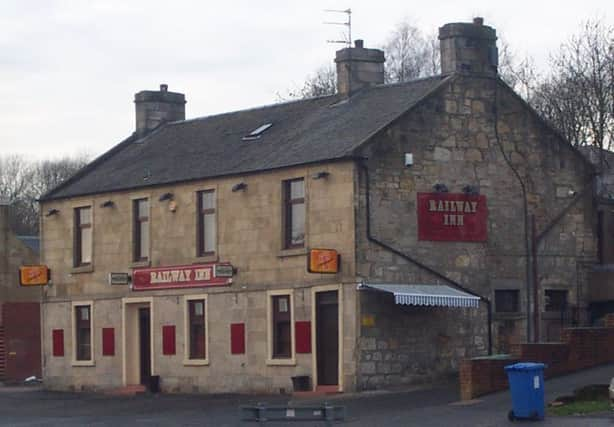A look at life in the villages east of Banknock


The first is Dennyloanhead which stands where the ‘loan’ south from Denny meets the main road.
The church here opened in 1743 as the earliest local congregation of the Erskine breakaway from the Church of Scotland. It was reconstructed in 1815 and is now a private house.
Advertisement
Hide AdAdvertisement
Hide AdThe Railway Inn is a reminder that the villages were once linked by the Bonnybridge-Kilsyth railway built to carry coal from the local pits.
I have fond memories of our bus stopping here in 1957 on our way back from Hampden Park after Falkirk’s Saturday cup-final when our fathers and uncles needed a refill!
In the late 1970s over 250 acres of land south of the main road were given over to large-scale whisky bonds now part of the Diageo Company.
Longcroft is the next settlement with its war memorial, unveiled by the Duke of Montrose in June 1921, bearing the names of an astonishing 87 men who died in the Great War.
Advertisement
Hide AdAdvertisement
Hide AdAmong the Second World War names are the brothers Ian and Malcolm Maclachlan, leading members of the celebrated Allandale Pipers who fell at El Alamein.
Haggs is named after the former peat ‘haggs’ in the area and the Parish Church designed in 1840 by Glasgow architect David Rhind is almost identical to his other local church, Camelon St Johns, though this one is built from red sandstone.
Finally we have the village of Banknock which includes Bankier, an early name which refers to a prehistoric earthwork. Bankier was once home to a famous distillery which opened in 1828 near Wyndford.
A description in the late 1800s lists two large maltings ‘lighted by no less than twenty-four windows’, a huge barley store with a 36 foot square kiln, still-house, mash-house, tun room, warehouse, engine room, cooperages, smithy and its own gas manufacturing plant.
Advertisement
Hide AdAdvertisement
Hide AdOver 200,000 gallons of whisky were produced each year, described as ‘a thoroughly wholesome beverage’. It survived until the 1920s when it became a bonded warehouse. It survived until the 1960s.
Far more important to 19th century Banknock were the local coal mines which provided most of the income and employment. From here coal was shipped along the canals to Edinburgh and Glasgow, providing employment for three steam engines and 90 workers.
The coal master was William Wilson who was said to have had the same ‘kindly’ attitude to his workers as his brother John in South Bantaskine. One account says he was ‘well known as a liberal patron and intelligent connoisseur of the arts’ and in his collection were works by Turner, Millais and Lanseer!
By 1900 there were over 200 men employed in the Banknock pits, many of them Irish immigrants who used the school as a chapel for the best part of 50 years. They had to wait until 1974 before they had their own Catholic Church, St Lukes, but by then the jobs that had drawn them here were long gone.
Advertisement
Hide AdAdvertisement
Hide AdLike much of the Scottish coalfield the main pits at Banknock declined and closed in the 1930s.
Attempts were made to provide alternative employment and one reasonably successful venture was the Cannerton Brickworks which opened in 1932 using pit waste to produce building bricks. In the 1960s it employed nearly 100 workers but closed in 1982.
This Sunday, June 26, Geoff Bailey will be leading a historical walk in the area starting at 2pm from the Longcroft War Memorial.
Everyone is very welcome to join him.